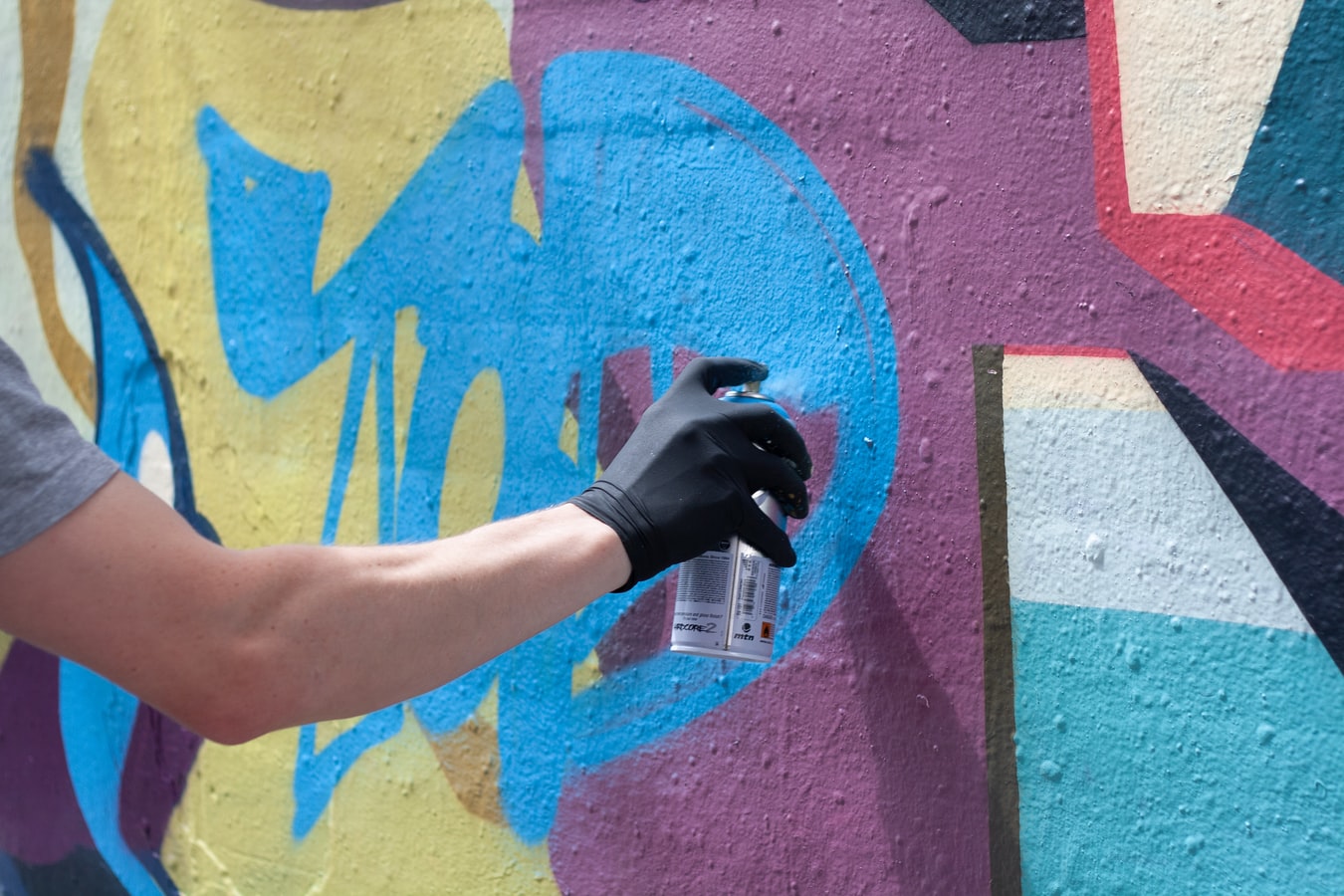The art of legal research: Summer RAships a ‘lifesaver’ for U of T Law students

by Nina Haikara
As a student in the Faculty of Law’s and Rotman School of Management’s joint program in law and business administration, Temitope Ajibode says her summer would have been at a loss without the faculty’s newly supported research positions. The opportunity, she says, was a “lifesaver.”

“I had an idea of what I wanted to do with my summer, but when COVID happened, what I had planned, completely disappeared,” says Ajibode, who began her second year of the joint program this fall.
“When the positions [at U of T Law] came out, I was lucky enough that there was something there that caught my eye, based on my interests, so I applied.”
The Faculty of Law has long had a tradition of hiring JD students for summer work. Created with the support of several donors to the Faculty, students can apply for paid experiential learning placements, fellowships, or academic research positions within a number of interest areas, from working within Indigenous communities, to diving deeply into legal tech.
When the pandemic put an added strain on law students’ ability to secure summer employment, Faculty of Law professors added 58 additional research assistantships. These positions increased the total student employment pool to 240 roles – one third of all U of T Law JD students – which required funds of $1.1-million from the Faculty, faculty research funds, and other donors.
“I was delighted to support the initiative to provide opportunities for students whose summer plans had evaporated because of COVID-19. I jumped at the chance to have a student do research on upcoming projects,” says Professor Brenda Cossman, Ajibode’s RAship supervisor.
Ajibode was first assigned an annotated bibliography of wide-ranging works in the field of visual art law.
“The position gave me the opportunity to gain so much knowledge on the legal side of the arts industry. It’s been the greatest opportunity for me to do that so far and has fueled my interest [in arts law].”
She says the research also allowed her to explore the intersection between art and copyright.
“But then there was also a more philosophical question, which is where law and art intercept, historically as well as contemporarily. How the law has made society view art, the way law is represented in art, paintings that shaped society and the way that we think about law?
“You can really see the roots of what copyright law is – as it exists today – coming from romanticized notions of what art is and the value of art as being so valuable that we need copyright to protect it. Just seeing those threads across centuries was amazing.”
In addition to researching the scholarly articles, Ajibode sought case precedents for artist copyright in Canada and the U.S. Cossman says she is hoping to provide more opportunities for students interested in art and law.
“There are unique ways in which copyright laws manifest when you're dealing with art. The structure of law, the structure of art and how copyright is just one manifestation of that relationship,” says Ajibode.
In the case of graffiti art, Ajibode raises the question of an artist creating a work in a public space. Do they own the copyright to their work or do they forfeit that right?
“When you think of graffiti, a lot of people just assume it is illegal. But there is a lot of legal graffiti in the form of murals that are commissioned by the city and by other organizations. In those cases, where it as been legally commissioned, then you cannot destroy it without their permission, or at least notifying them and giving them a chance to either take it down or move it.
“But if you create graffiti on a building, which someone else owns, and they want to demolish their building, but you now say that you have the right to prevent the destruction of your art, there are tensions there, right?”
Ajibode notes the economic aspect of copyright when applied to graffiti art. She cites a case involving graffiti artist Joseph Tierney, known as "Rime," successfully settling out of court with Italian fashion brand Moschino and designer Jeremy Scott, for the unlawful reproduction Tierney’s art on garments for Moschino’s 2015 Fall/Winter collection.
“You can't be compensated just because something exists on a building – it has to be used in a certain way that you think deserves compensation.”
Ajibode says in Canadian law there isn’t yet consensus. The wording of the Copyright Act does not single out “legally placed” creations, just creations. In the U.S., if graffiti is illegally placed, then copyright does not apply.
“Artists in Canada have to carve out that exception in the courts because the statute doesn't make it very clear. The frequency of cases being appealed in the U.S. suggests there is a rising tide of opposing opinions.”
She says this area of law raises many questions.
“What art means, what our rights are as people, our creations and what our rights are in public spaces. Who owns a public space, what are the limits, and who controls those limits?”
“There are a lot of really interesting interrelated questions.”